
The Battle of Lützen, fought on 6 November 1632, is considered one of the most important battles of the Thirty Years' War. A combined Swedish-German army led by Gustavus Adolphus narrowly defeated an Imperial force under Albrecht von Wallenstein. Both sides suffered heavy casualties, with Gustavus among the dead.
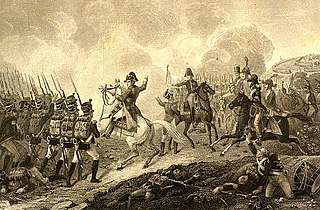
In the Battle of Lützen, Napoleon I of France defeated an allied army of the Sixth Coalition.

is a town in the Burgenlandkreis district of Saxony-Anhalt, Germany.
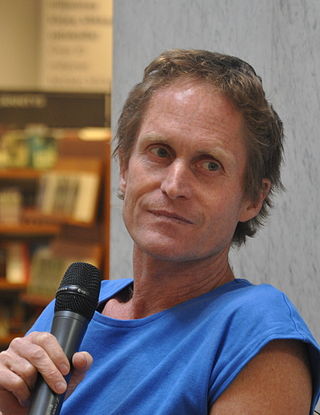
Peter Høeg is a Danish writer of fiction. He is best known for his novel Miss Smilla's Feeling for Snow (1992).

Rhizocephala are derived barnacles that parasitise mostly decapod crustaceans, but can also infest Peracarida, mantis shrimps and thoracican barnacles, and are found from the deep ocean to freshwater. Together with their sister groups Thoracica and Acrothoracica, they make up the subclass Cirripedia. Their body plan is uniquely reduced in an extreme adaptation to their parasitic lifestyle, and makes their relationship to other barnacles unrecognisable in the adult form. The name Rhizocephala derives from the Ancient Greek roots ῥίζα and κεφαλή, describing the adult female, which mostly consists of a network of thread-like extensions penetrating the body of the host.
Tiina Nunnally is an American author and translator.

Thecostraca is a class of marine invertebrates containing over 2,200 described species. Many species have planktonic larvae which become sessile or parasitic as adults.
Thompsonia is a genus of barnacles which has evolved into an endoparasite of other crustaceans, including crabs and snapping shrimp. It spreads through the host's body as a network of threads, and produces many egg capsules which emerge through joints in the host's shell.
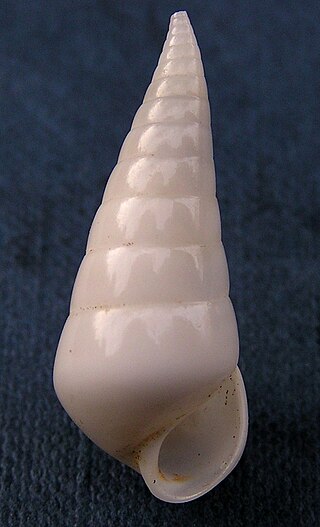
Eulimidae is a family of very small parasitic sea snails, marine gastropod mollusks in the superfamily Vanikoroidea.
Borderliners is the English translation of De måske egnede, a novel written by Danish author Peter Høeg in 1993. It is about three children – Peter, Katarina, and August – who attend a private school in Copenhagen in the mid-1970s. It is not long before the children realise they are part of an experiment initiated by the school. The objective is to show how damaged children can be saved and made into citizens. The children choose to fight the experiment.
The Thompsoniidae are a family of parasitic barnacles belonging to the bizarre and highly apomorphic superorder Rhizocephala, and therein to the more diverse of the two orders, the Akentrogonida.
Kaare Høeg is a Norwegian engineer.
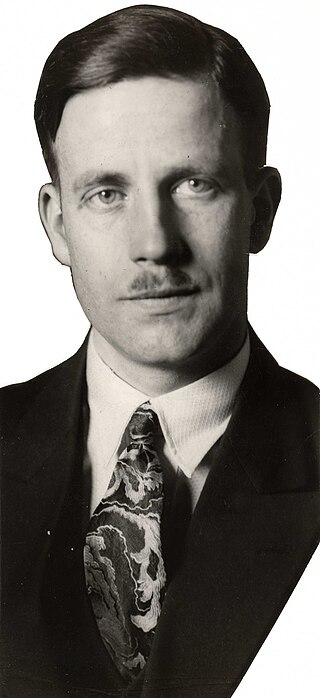
Ove Fredrik Arbo Høeg was a Norwegian botanist.
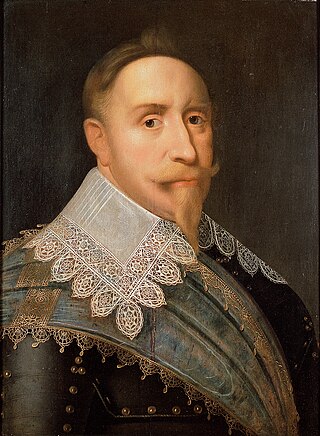
Gustavus Adolphus, also known in English as Gustav II Adolf or Gustav II Adolph, was King of Sweden from 1611 to 1632, and is credited with the rise of Sweden as a great European power. During his reign, Sweden became one of the primary military forces in Europe during the Thirty Years' War, helping to determine the political and religious balance of power in Europe. He was formally and posthumously given the name Gustavus Adolphus the Great by the Riksdag of the Estates in 1634.

Axel Høeg-Hansen was a Danish architect. Stylistically he mainly worked in neoclassical and functionalist styles. He primarily worked in and around Aarhus at the turn of the 20th century.

Marie Høeg was a Norwegian photographer and suffragist. Høeg's published work was traditional in nature, while her private photography, including images of and created with her partner, Bolette Berg, challenged ideas of gender. She was the founder of the Horten Discussion Association, which is still active today. Høeg also started the Horten Branch of the National Association for Women's Right to Vote, the Horten Women's Council and the Horten Tuberculosis Association.
Jesper Lützen is a Danish historian of mathematics and the physical sciences.

Birte Høeg Brask nicknamed Trille (1918–1997) was a Danish resistance fighter and physician. During the German occupation of Denmark in World War II, she became a member of the Danish resistance. As a communist, after Germany attacked the Soviet Union in 1941, together with her husband Kjartan Munck, she contributed to the first clandestine publications in Denmark. She went on to collaborate with the writer and resistance fighter Børge Houmann, working as a courier, organizing illegal meetings and contributing to the resistance papers Land og Folk and Ugens Nyt. Continuing her studies after the war, she became a specialist at the children's psychiatric hospital in Aarhus. From 1970 until her retirement in 1988, she held the position of chief consultant. Høeg Brask is remembered in particular for her ground-breaking contributions to autism.
Polyascidae is a family of parasitic barnacles in the class Thecostraca. There are at least two genera and about eight described species in Polyascidae.











